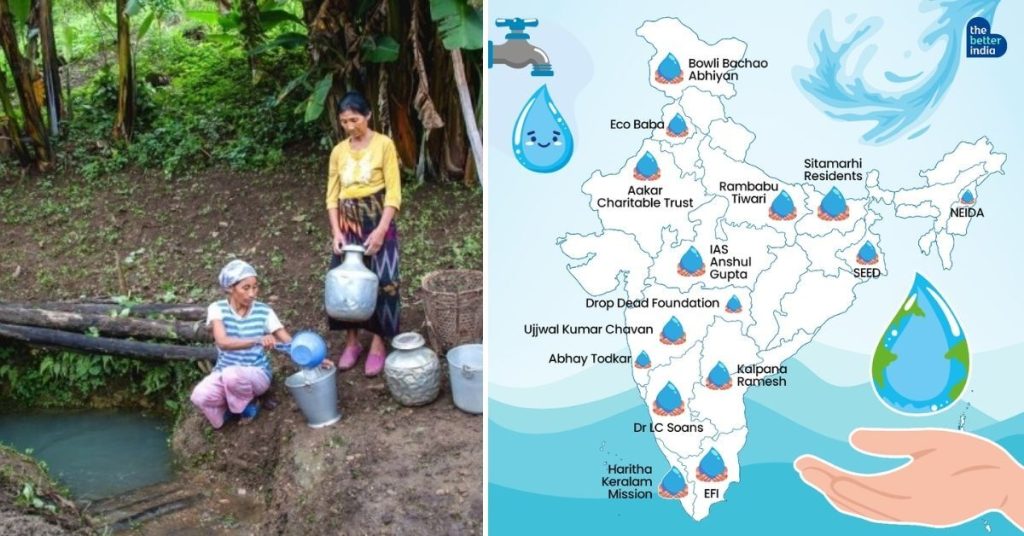Water scarcity is a growing challenge, but across India, communities are finding smart ways to conserve every drop. This map takes you through some of the most inspiring efforts—from ancient step wells to modern rainwater harvesting—that are making a real difference in tackling drought and ensuring a sustainable future.
While there is immense pressure on available water sources due to depleting groundwater and increasing demand, India is currently facing a severe water crisis. Cities run dry, rural areas battle drought, and erratic rainfall patterns worsen the situation. However, communities, individuals, and officials across the country have taken proactive steps to conserve water and restore water bodies.
By following simple yet sustainable methods like rainwater harvesting, check dams, stepwell revival, and pond restoration, India can mitigate this crisis and secure its water future. Here’s a look at some of the most impactful water conservation initiatives across the country. Starting from north to down south.
1. Reviving stepwells in Udhampur, J&K
Dr Vijay Atri and a few locals launched the Bowli Bachao Abhiyan in 2021, successfully reviving 65 stepwells in Jammu and Kashmir in just four months. Their efforts restored natural springs and ensured sustainable water sources for communities. The revival of these 20 ancient water structures has also helped in groundwater recharge.
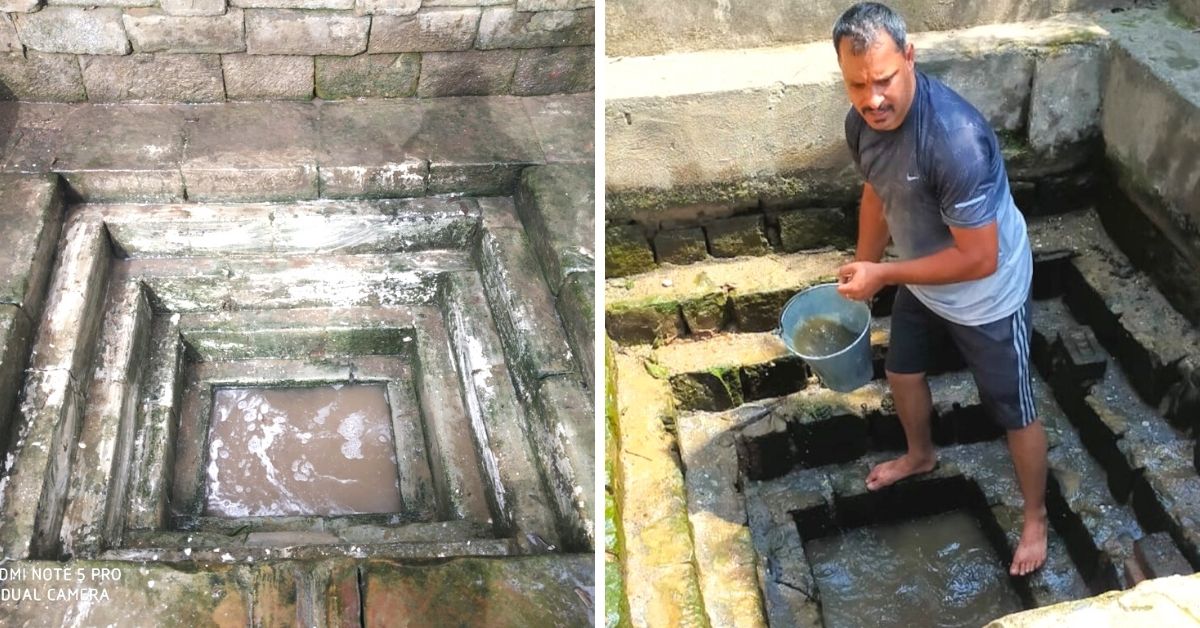
Vijay and other citizens revived the stepwells while it was losing their purpose and significance. Image credits: Dr Vijay Atri.
2. Cleaning the Kali Bein River, Punjab
Eco Baba, Balbir Singh Seechewal, led the cleaning of the 160-km-long Kali Bein river in Punjab, removing domestic and industrial waste. His efforts revitalised the river, significantly improving water quality. His model of community-driven river cleaning has been replicated in other parts of India.
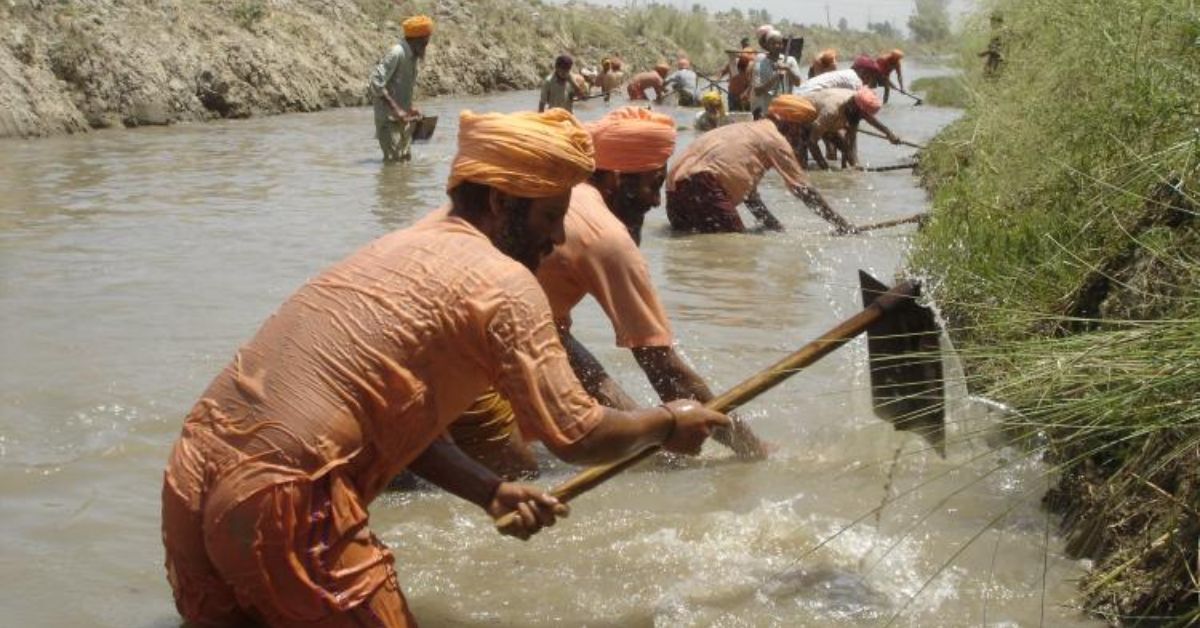
3. Restoring 75 ponds in Bundelkhand, UP
Rambabu Tiwari, a PhD student, started reviving water bodies in Uttar Pradesh at just 17. He mobilised villagers to desilt and restore 75 ponds, earning national recognition for drought mitigation efforts. His work has significantly improved irrigation facilities in the region.
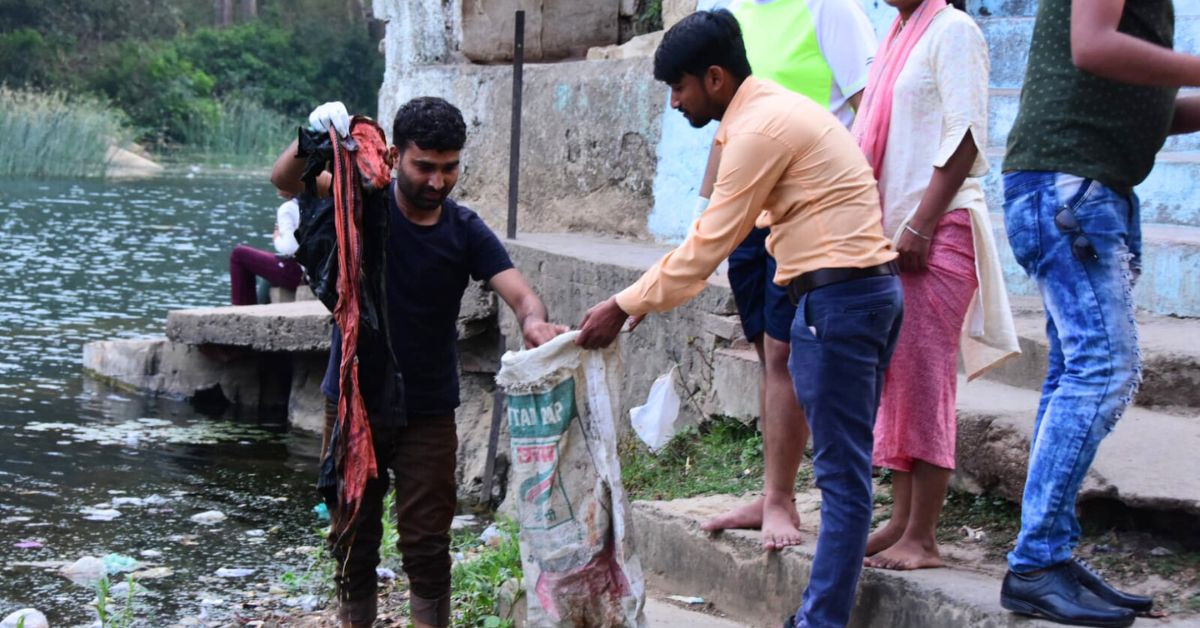
4. Sitamarhi’s soak pit initiative in Bihar
Residents of Sitamarhi in Bihar built 2,168 soak pits in one day in partnership with UNICEF, preventing water wastage and improving groundwater recharge across schools, health centres, and police stations. This initiative has helped reduce waterlogging and promote better sanitation.
5. Aakar Charitable Trust’s check dams in Rajasthan
Amla Ruia’s organisation in Rajasthan constructed 200 check dams in 100 villages, ensuring water availability for over two lakh people through traditional rainwater harvesting techniques. The check dams have transformed agriculture in the region and increased crop yield.
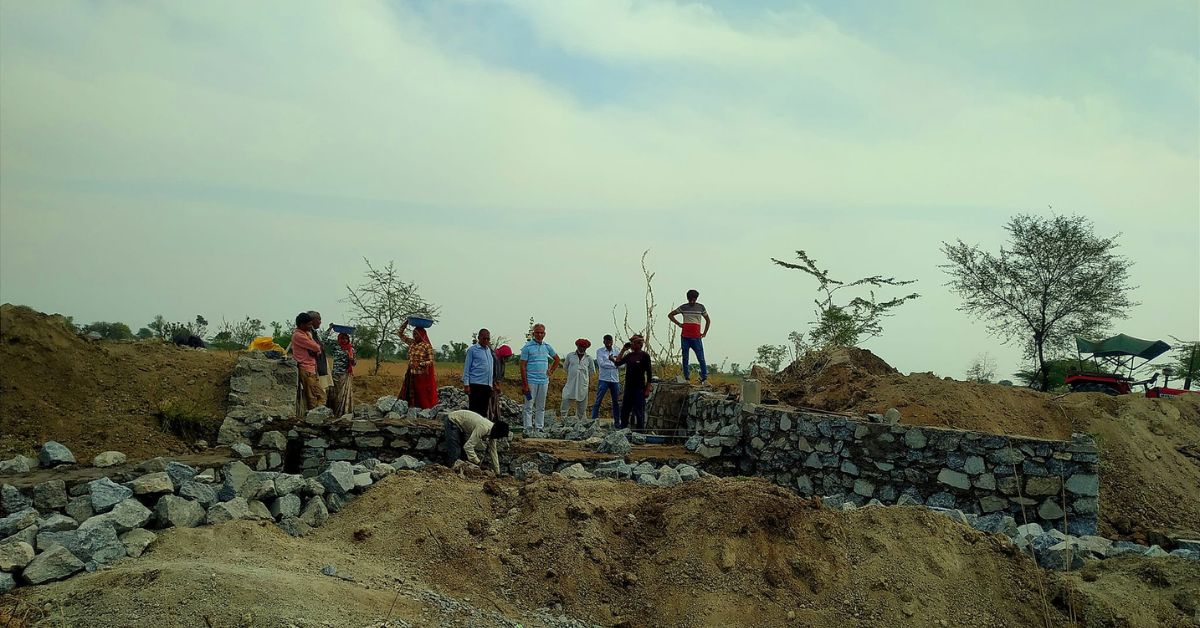
6. Reviving Yam Talaiya pond in MP
Madhya Pradesh IAS officer Anshul Gupta, along with 125 volunteers, restored the Yam Talaiya pond in Ujjain without government funds, increasing its water-holding capacity and improving local biodiversity. The project has also helped revive aquatic life in the pond.
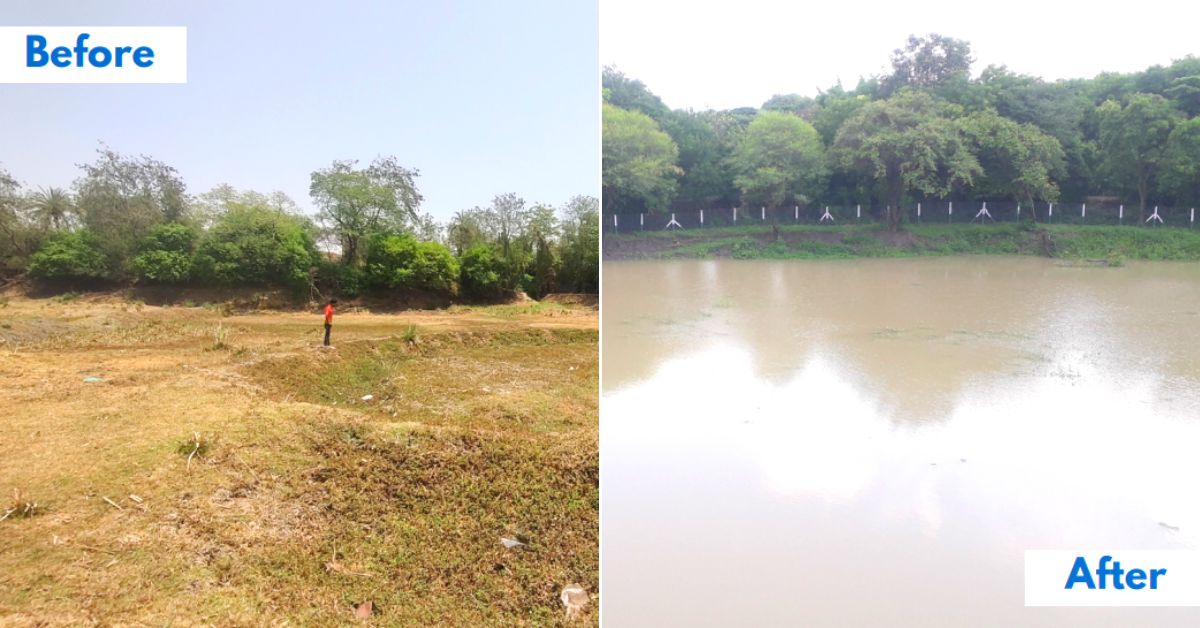
7. Abhay Todkar’s drought-relief work in Maharashtra
Despite living with polio, Abhay Todkar from Maharashtra led a movement that brought sustainable water solutions to 64 drought-prone villages in Dahiwadi. His initiative has enabled year-round water access for thousands of families.
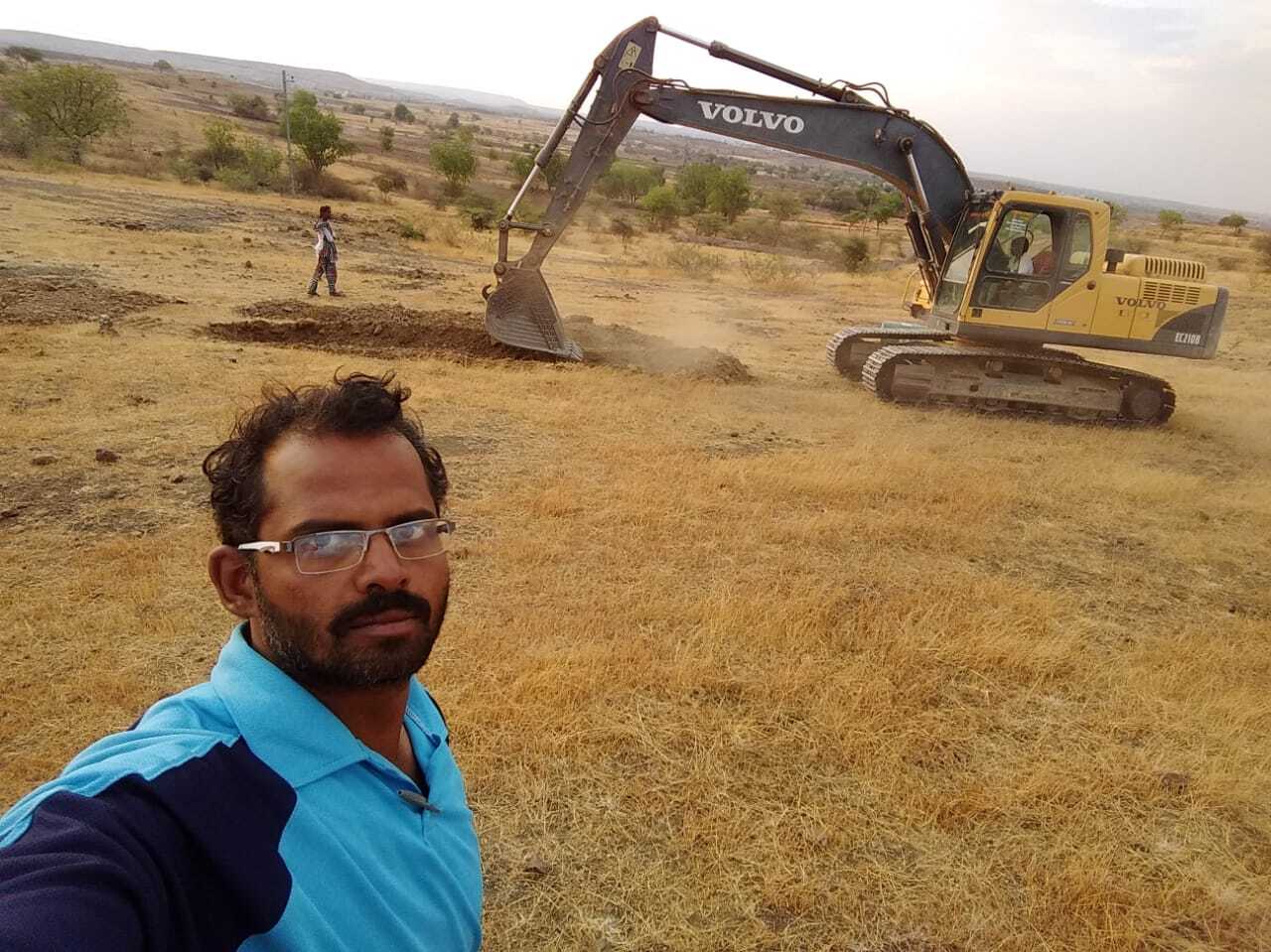 Despite personal struggles, Abhay was successful in providing water for drought-prone villages. Image credits: Abhay Todkar
Despite personal struggles, Abhay was successful in providing water for drought-prone villages. Image credits: Abhay Todkar
8. Ex-IRS officer Ujjwal Kumar Chavan’s project
Ujjwal Kumar Chavan implemented water conservation projects in 204 drought-hit villages, providing a stable water supply and agricultural sustainability. His efforts boosted farmers’ incomes, rejuvenated rivers, and fostered community support, demonstrating the power of collective action.
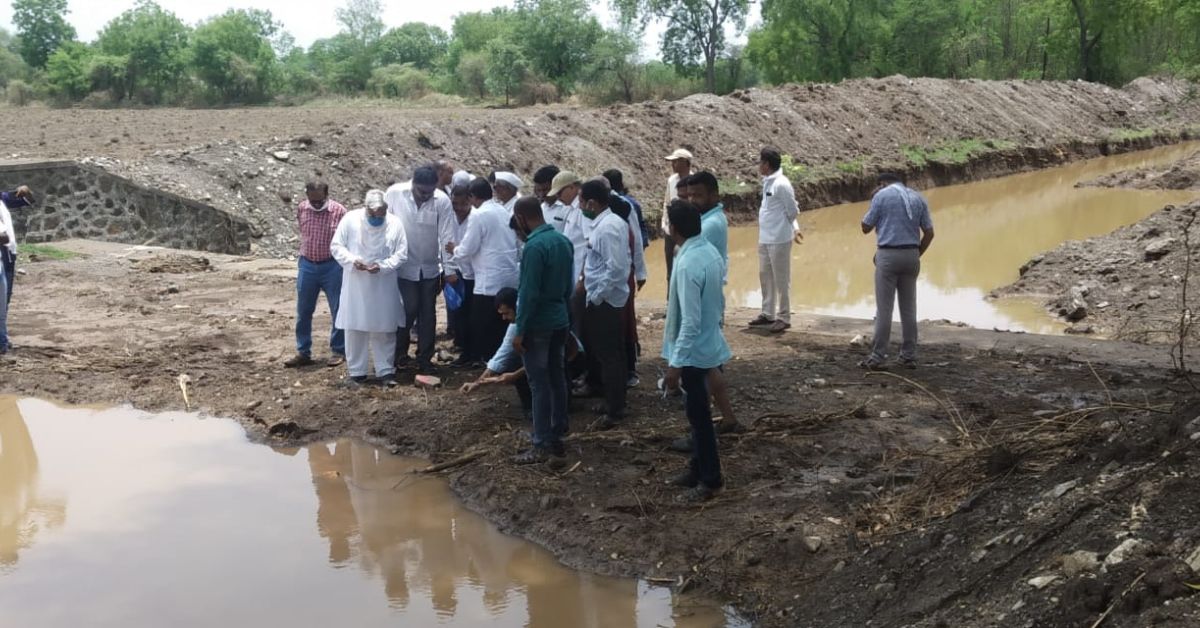
9. Drop Dead Foundation’s leak-fixing drive in Mumbai
Aabid Surti’s NGO fixes leaky faucets across Mumbai for free, saving 4.14 lakh litres of water every year through small but impactful efforts. His awareness campaigns through his ‘Drop Dead Foundation’ have encouraged many to fix leaks in their homes.
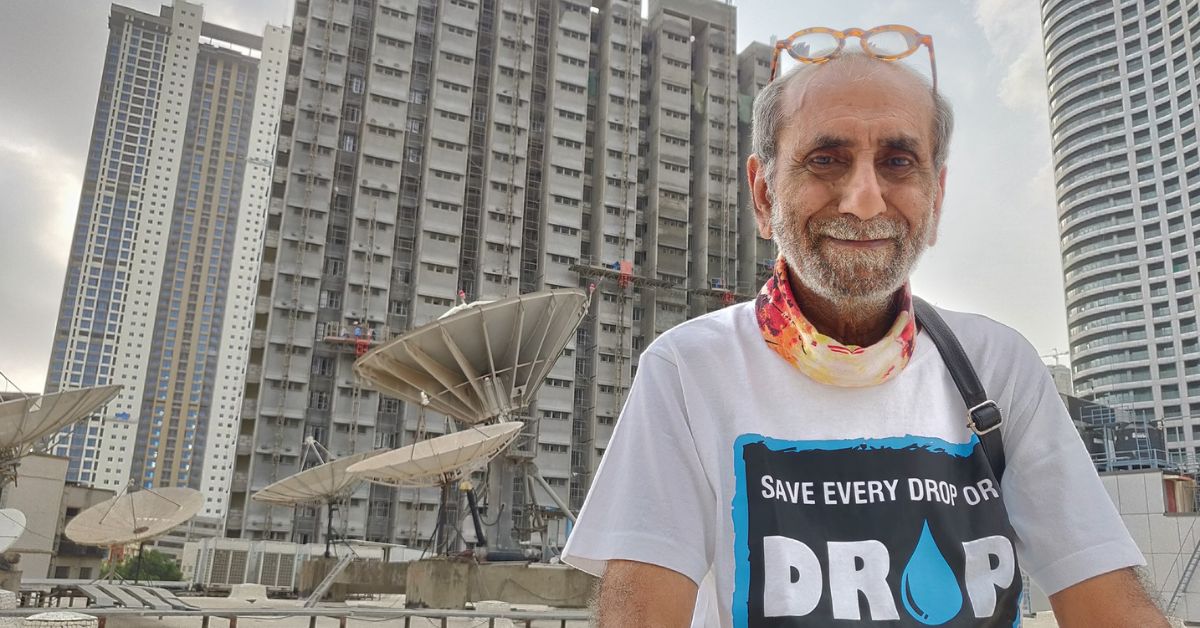
10. Tackling saltwater intrusion in Sundarbans
A community-driven effort by SEED introduced sustainable water management techniques to combat saltwater intrusion, improving both water quality and menstrual health in the Sundarbans. Rainwater harvesting and pond cleanups have now become a widespread practice in the region.
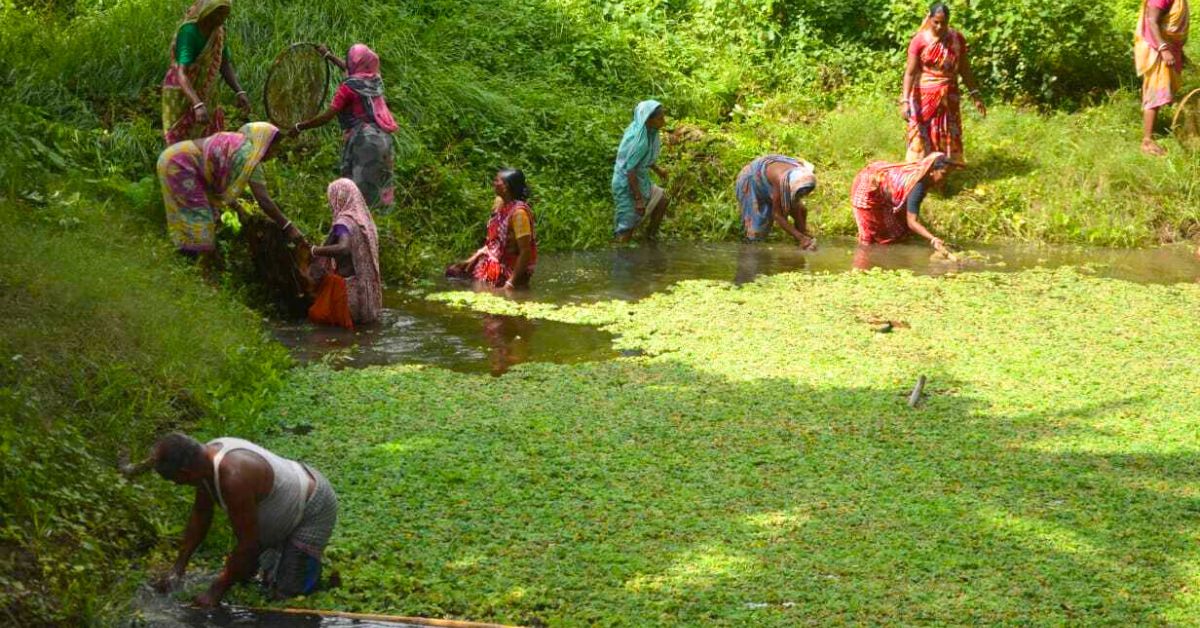
11. Women-led spring revival project in Nagaland
Khrolhiweu Tsuhah, with North East Initiative Development Agency (NEIDA), anchored a project that revived 99 springs, benefiting 12,000 water-scarce households in the hilly terrains of Nagaland. The women-led initiative has also promoted traditional water conservation practices among local communities.
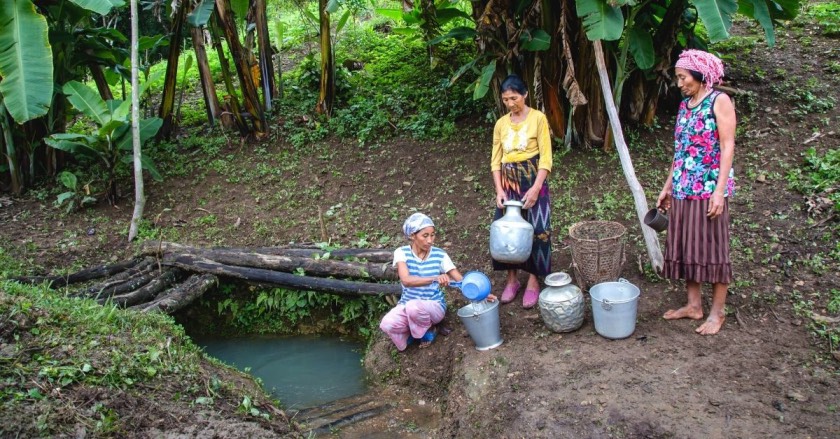
12. Restoring boring wells and lakes in Hyderabad
Kalpana Ramesh mobilised 200 families to repair defunct bore wells and implement rainwater harvesting while also working towards lake restoration. Her efforts have contributed to improving groundwater levels in urban Hyderabad.
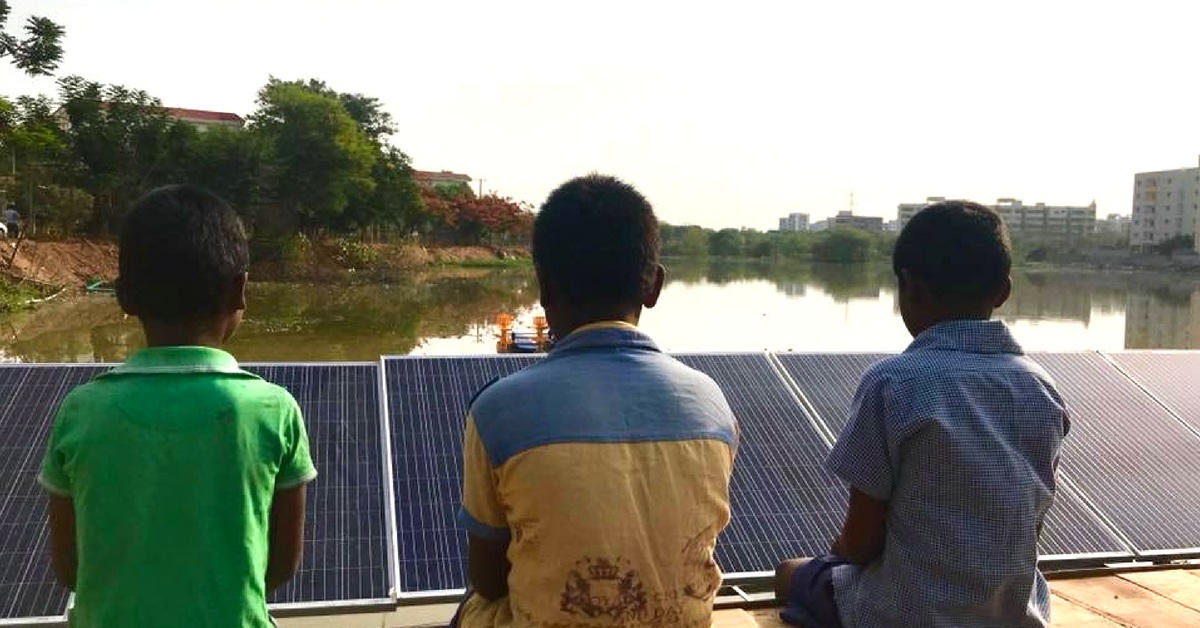
13. Dr LC Soans’ tank revival and drip irrigation in Karnataka
Dr LC Soans saved the Kadala Kere tank in Karnataka from drying and pioneered pineapple cultivation using drip irrigation, enhancing water efficiency in Moodbidri. His work has set an example for sustainable agriculture in water-scarce areas.
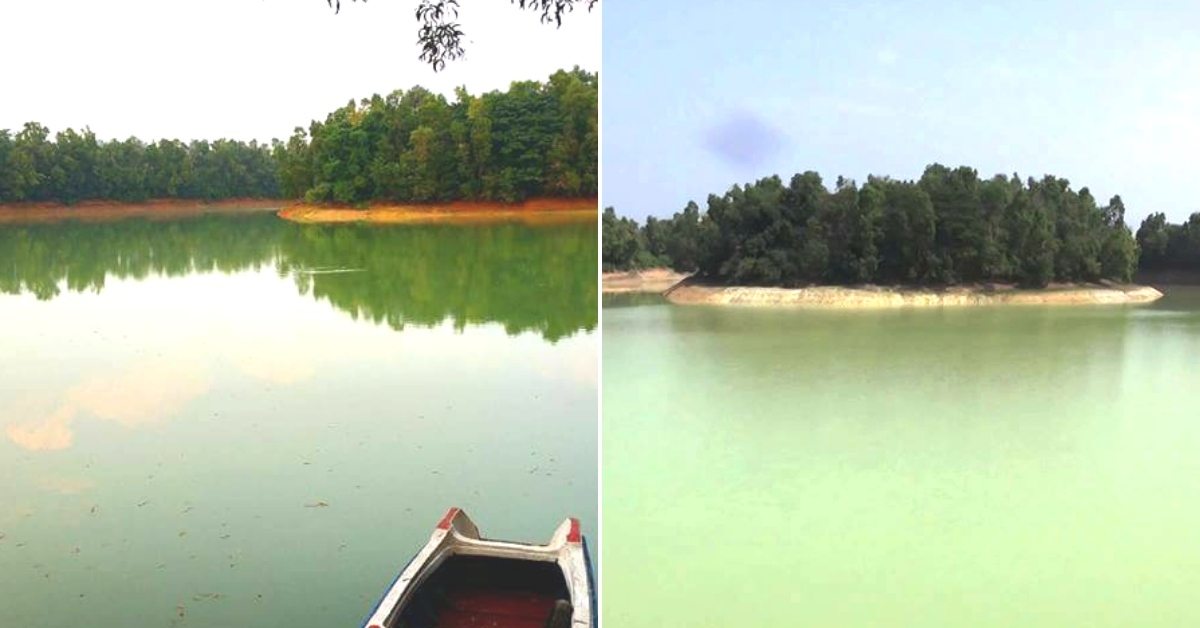
14. Community efforts in lake and pond restoration in Tamil Nadu
An IAS-led initiative, in collaboration with the Environmentalist Foundation of India, restored multiple water bodies, including the Thiruvaimur-Thamarai pond in Tamil Nadu, benefiting surrounding ecosystems. The restoration has also improved urban flood management.
15. Haritha Keralam Mission’s river restoration in Kerala
The state-run initiative undertook the revival of the Kanampuzha River, which involved 5000 locals, enhancing water conservation and ecological restoration in the region. The project has also helped in improving fisheries and aquatic biodiversity.
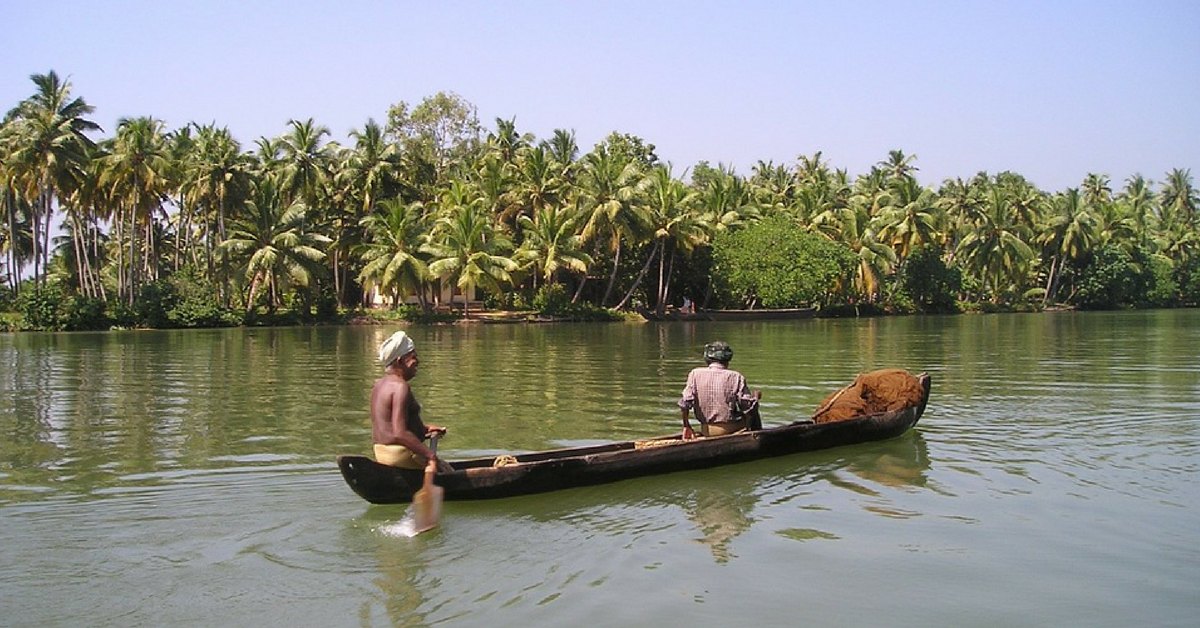
From stepwells in the north to lake revivals in the south, these initiatives showcase the power of collective action in ensuring water security. If more regions adopt these sustainable practices, India can turn its water crisis around and build a more hopeful future.Edited by Vidya Gowri
Source link : View Article
Author
-

Mervin Preethi is a Junior Correspondent at The Better India trying to carve a place in journalism. She shines on the privilege of listening to people’s journeys and giving them the voice they deserve. Passionate about storytelling with heart, she explores themes of resilience, sustainability, and social change.

